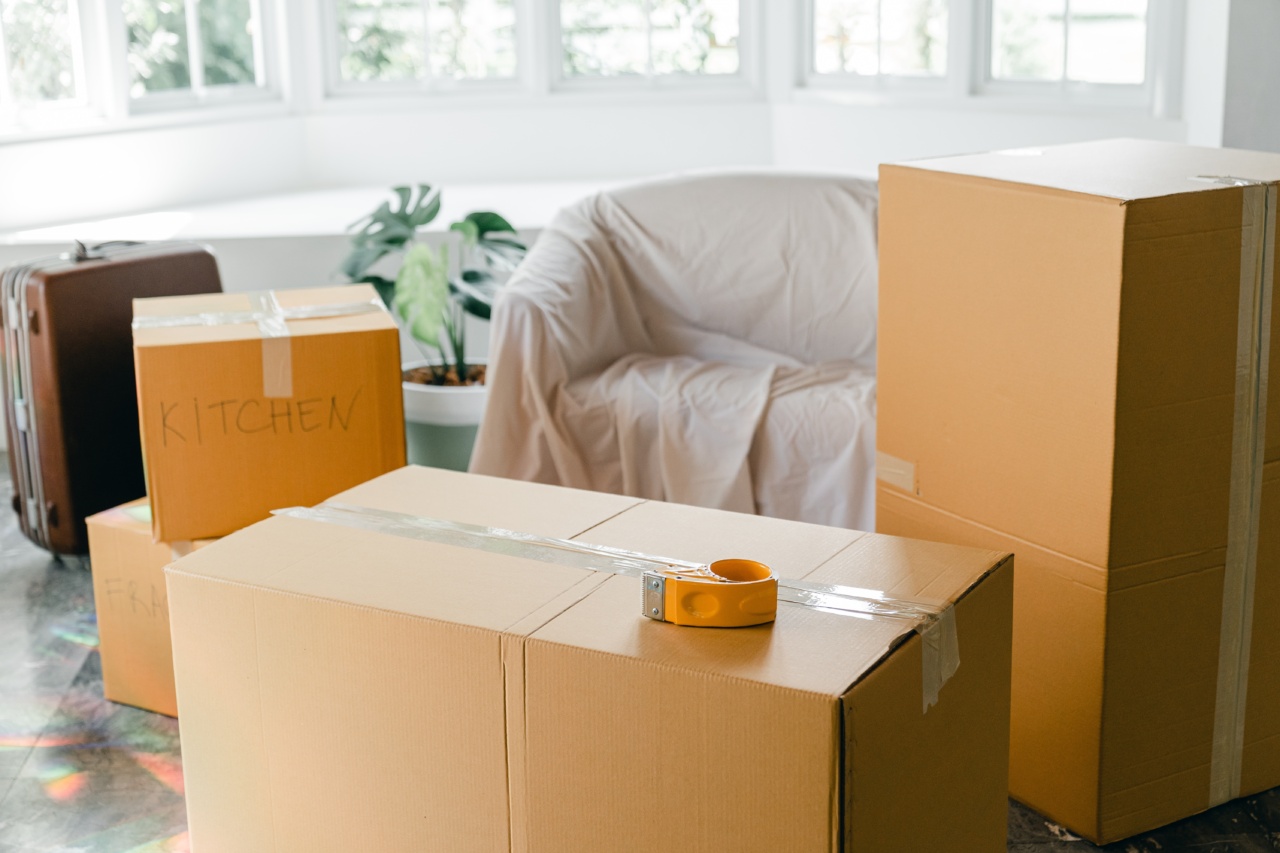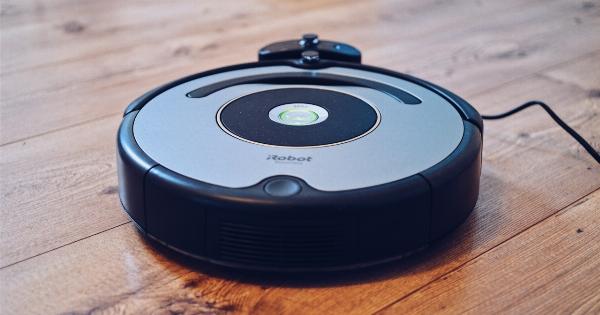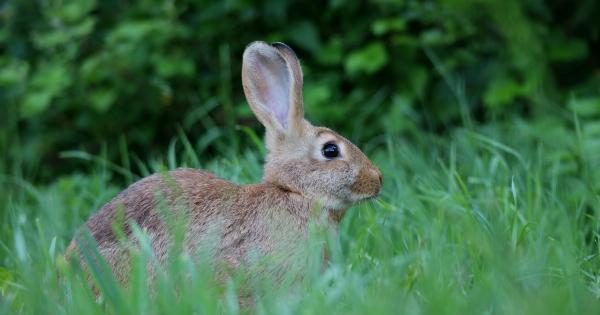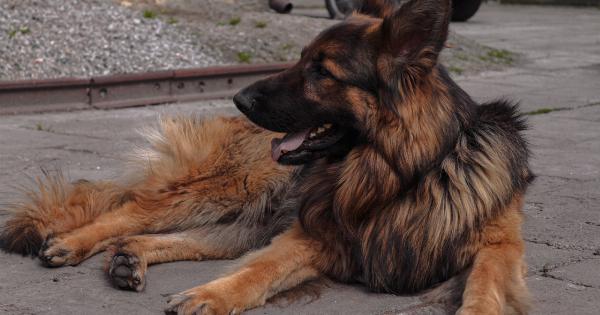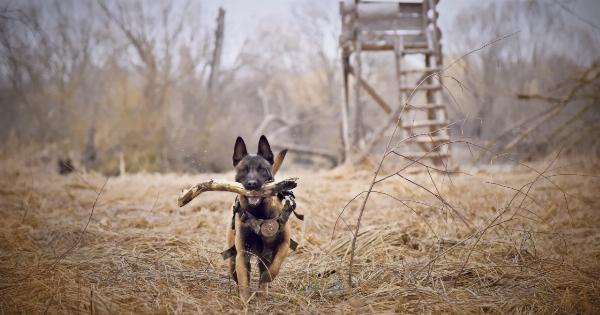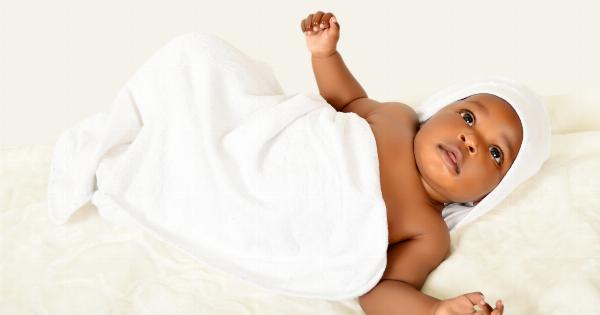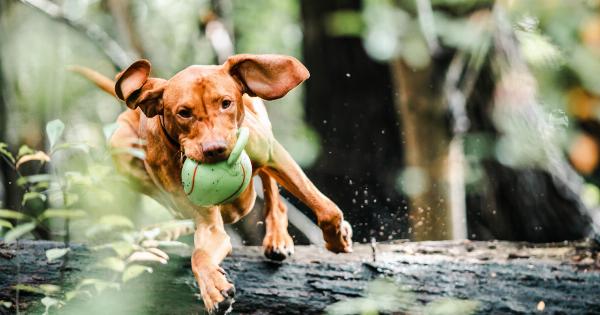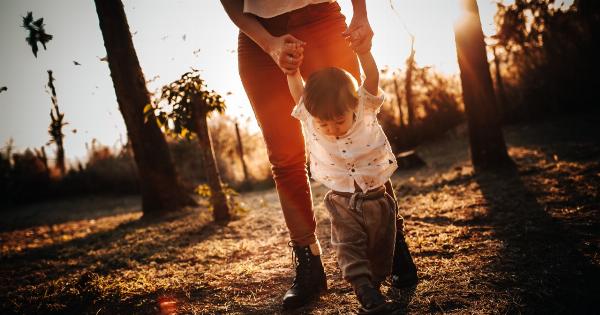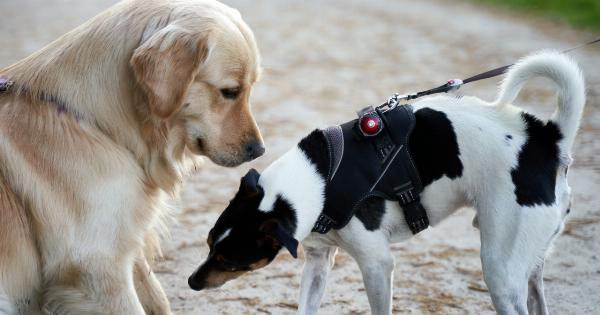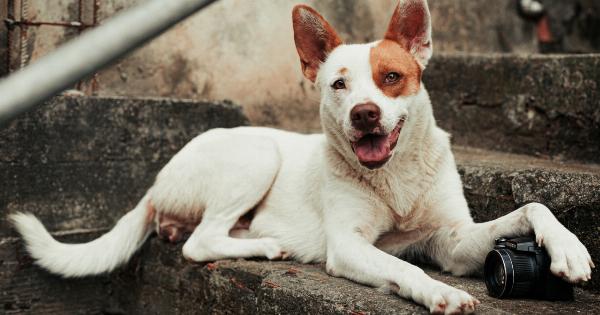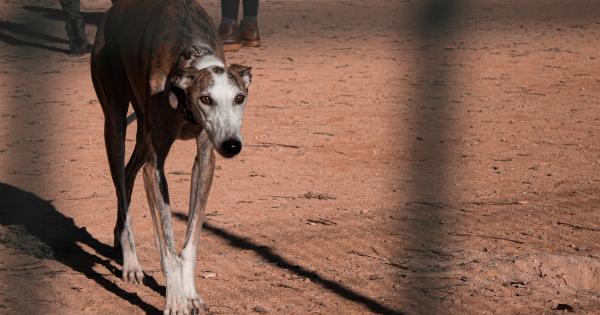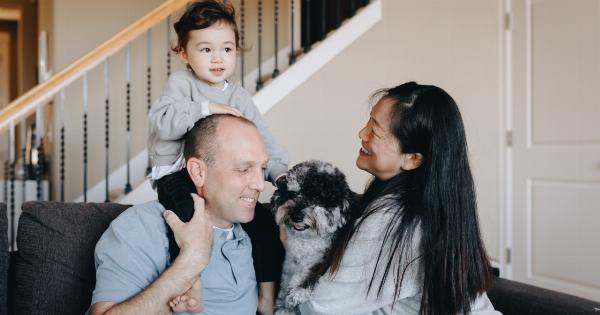Bringing a new baby or pet into your home can be stressful for your dog. Dogs are creatures of habit and thrive on routine, so any significant change can be challenging for them to handle.
If you are planning to introduce a new arrival to your household, you need to prepare your dog for the change to make the transition as smooth as possible.
1. Start Early
Preparing your dog for the new arrival should start as early as possible.
This is because it would take time for your dog to get used to any significant lifestyle changes, and you want to ensure that your dog is comfortable with the change before the baby or pet arrives.
2. Consult with a Veterinarian
Before bringing a new pet or baby home, it’s essential to consult with a veterinarian. This is especially important for expecting mothers, as they can receive advice on how to maintain a stress-free environment for their dogs.
3. Make Changes to Schedule Gradually
Dogs thrive on routine, so any significant changes should be implemented gradually to avoid overwhelming them.
If your dog is used to going for a walk at a specific time, start making changes to the schedule bit by bit, so they get used to the new routine. You could move the dog walk time by 15 minutes each day until you reach the desired time for the dog walk.
4. Gradually Introduce New Scents and Sounds
You can start introducing new sounds and smells associated with a new baby or pet by playing audio recordings of the sounds and burning candles or oils that mimic the scent.
This will help your dog get used to these new stimuli gradually and prevent them from becoming overwhelmed when the real thing arrives.
5. Teach Obedience Skills
If your dog doesn’t have obedience training, it’s essential to enrol them in a class or hire a dog trainer. Obedience training will help your dog learn skills and behaviours that can keep the dog and the new arrival safe.
6. Set Up Baby/ Pet Gear
Setting up baby or pet gear before the arrival of the new arrival can help your dog get used to the change. This includes cribs, playpens, and feeding bowls.
Let your dog sniff and familiarize with the new gear so that it becomes a part of their environment and not a source of fear.
7. Reward Good Behaviour
When training your dog to adjust to a new arrival, it’s essential to reward good behaviour. You can use positive reinforcement by giving treats and praises when they show desired attitudes and behaviour.
This will motivate them to continue engaging in the desired activity.
8. Preset Areas for Dog Safe Places
Dogs need to have a safe place in the home where they can retreat and relax. Before bringing a new arrival home, you should preset areas designated for the dog. This includes a dog bed, blankets and toys.
This will give them a sense of ownership and make them feel included in the changes.
9. Supervise Interactions Between Dog and Baby/ Pet
The first interaction between the dog and new baby or pet is crucial. It would help if you supervised these interactions to ensure everyone’s safety. Do not leave them alone and teach your dog to greet the new arrival politely.
This includes not jumping up and keeping the paws on the ground. If the dog is too excited, keep them on a leash during the first few interactions.
10. Be Patient
The process of introducing a new arrival to your dog may take time, depending on the dog’s personality and sensitivity. Be patient and optimistic and avoid getting frustrated if progress is not immediate.
Remember that it takes time to adjust to significant life changes, and your dog’s adjustment period may require more time than others.
